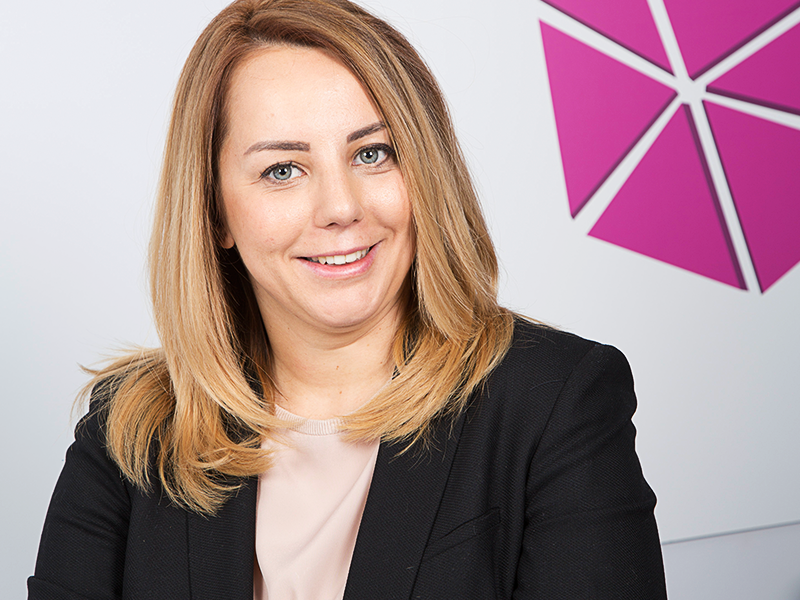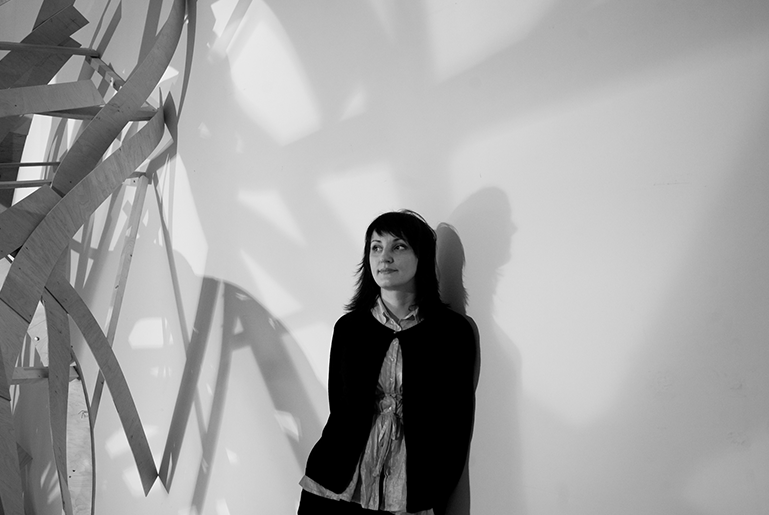
6 Practical tips for promoting cultural projects
1. Clearly identify your target audience
Focus all your efforts on one specific group (for example, politicians, students, potential investors) and determine the challenge for each of these groups (advocating change in legislation, involving participants in a new educational project). This would bring much better results than “talk to everyone about everything”.
2. You don’t always need the media
Once you identify your target audience, analyse how these people obtain their information. It is possible that in most cases your particular target audience does not watch TV or read newspapers, but rather follow updated headlines online. If you want to talk about your project in more than 5 words or to a 45+ audience, you need to look for alternative tools and channels of communication.
3. An individual approach to journalists instead of a press release
If you are nevertheless sure that your target audience obtains its information from certain media (for example, potential investors monitoring news in business publications), you need to clearly determine what kind of media it is. Find out what the journalist writes most often about (“google it”), what are his main professional interests or the particularities of the publication, and try to provide information that is unique and relevant. A personal call or message through social media is far more effective than a large mail shot.

4. Create a life story and use “human” language
Some cultural projects provide information that is only accessible to a narrow circle of professionals or use specialised language. You have to remember that even specialists are people who prefer a life story to a technical text. It is important to talk to your audience in plain language, to be practical and accessible. Highlight the human elements, and explain how the project will impact the life of people or uncover its meaning through the story of a specific person.
5. Generate quality content
Only quality, useful and unique content can help to attract and hold attention to your project. Invest time in preparing basic texts about your organisation and engage a journalist or a copywriter. Your press package may include key facts and data (journalists love statistics and figures), speakers and contacts (not just your organisation, but other relevant organisations in the sector), life stories (examples or contacts of those who were impacted by your project), photo and video archives (pay attention to the style of the photo and video used by media), project results that would impact society as a whole. You would use one of the documents as an information kit depending on the request of the journalist or partner.
6. Use both media and direct communication, online and offline communication
Any online communication can be combined with offline communication. For example, regular meetings with your followers. Value the opportunity to communicate with your audience live. All exhibitions, conferences, regional tours, thematic events are free opportunities to meet with your target audience live. Take into account free tools. Wikipedia for example, where you can create a page about yourself and your project or organisation and thereby increase the project’s recognition severalfold.
More about the Programme’s Team: http://www.culturepartnership.eu/en/page/about




